While the term ‘Defensive Driving’ is commonly associated with driving and accidents, it is actually defined as a method of travel that minimises or prevents accidents while operating a vehicle on roads and streets. In other words, it is the practice of driving with the best possible safety in mind. It includes things like following speed limits, observing traffic rules, knowing when to pull over, and how to turn a crash into a minor event.
When you practice defensive driving, you are helping yourself, your loved ones, as well as those who share the road with you by practicing defensive driving techniques like following the rules of the road, speeding control, keeping eyes open for hazards, knowing how to make emergency stops, staying alert, avoiding distractions such as cell phones or texting, and more so that you do not become a statistic in an accident or an injury-causing incident in your life! This article will guide you through defensive driving basics and explain to you the five rules of defensive driving, what it means to be defensive, and what these defensive driving concepts mean to you.
- Maintain a constant state of alertness and awareness while driving
This is, without a doubt, the most crucial guideline. Though drivers do not make accidents on purpose, accidents continue to occur due to their careless, ignorant, and unhealthy habits. While driving, keep an eye on what’s going on in your surroundings. Think of various ways of avoiding accidents. Even if you can be a skilled driver, many people around you may not be. As a result, it’s critical to pay attention not only to the vehicles in front of you, but also to the vehicles beside you, behind you, and passing you.
If you are going to be driving late at night, always plan to make your journey home safely before it becomes too dark to see what’s ahead of you and how much time you will need to stop for red lights or other obstacles on the road. Also, look at the road ahead with both eyes, not just one! This is another common driving mistake made by inexperienced drivers who often look out only with their left eye when driving rather than having a normal range of vision; this means that they can’t see what is going on in other directions, which leads to dangerous situations like crashes, near-misses, or even fatalities every day.
- Avoid Distractions
The most common and obvious distraction for motorists is cell phones, especially those who don’t use hands-free devices while driving! You might think it’s harmless to send your texts while driving. But as soon as you stop at a stop light, that can be the end of your text messages!
There are many other distractions, such as music, pets, kids, and passengers, new technologies in vehicles etc. can cause accidents or increase your chance of getting into an accident! Do you know that the National Highway Traffic Safety Administration (NHTSA) found that using a mobile phone behind the wheel is more dangerous than drunk driving? And drivers are distracted by their phones for at least 10% of their driving time, according to the statistics from NHTSA. Cell phones have become so prevalent in our everyday lives that it would be impossible to live without them!
Distracted driving was a reported factor in 8.5 percent of fatal motor vehicle crashes in 2019 and is responsible for roughly 20 percent of injuries in car accidents, according to the NHTSA.
According to the CDC, distracted driving kills eight people per day or 3,500 people annually.
Remember that you must maintain your attention at all times to avoid any distractions that could result in dangerous situations.
- Follow traffic rules and regulations
If you are paying attention to road signs, traffic signals, and blind spots, you will have a higher chance of staying safe. A blind spot is a space that neither your eyes nor your vehicle’s mirrors can completely cover. In order to check if you have a blind spot, look at the back of your vehicle from both sides, and make sure there is no driver or passenger visible on either side of your vehicle’s rear bumper when it is stopped in traffic and facing forward (when driving). In short, you need to constantly look for cars that are in front of you or coming towards you and then change lanes accordingly, to avoid collisions with these vehicles (or get out of their way).
The vehicles in front of you are in your line of sight, while the majority of those behind you are visible in your rearview mirror (unless you’re driving a sports car). If the traffic on either side is going at less than your posted speed limit, you’ll see that they are getting closer to your vehicle and will soon pass you if you don’t move over into their lane quickly enough. You may have to wait until they clear the vehicle ahead of yours before you can merge onto the next lane without causing an accident.
- Maintain a safe distance
When stopping, maintain a safe distance between you and other vehicles. It is necessary for safety as it prevents accidents. You can establish and maintain a safe following distance between you and the vehicle in front of you, as this will provide you with sufficient time to apply the brakes of your car and stop if required. This should be done at least three metres (10ft) behind the car ahead of you, as any less than that may be difficult to stop in time when faced with an unexpected emergency situation, such as another car suddenly overtaking you or driving out into the road ahead of you unexpectedly at high speed, forcing you to brake hard to avoid colliding with them. If there are more than two cars on either side of you, use the left lane only, unless it is specifically designated as a passing lane.
- Observe the speed limit and keep your car under control
If someone is tailgating (driving too closely behind) you at high speeds on the highway, it might be best to pull over and let him pass before pulling back into traffic so that you don’t get pulled over for speeding as well. Also, never put yourself in a situation where you can’t control your vehicle. This means never driving at night and never driving if you’re tired or under the influence of alcohol or drugs. Never stop on railroad tracks, construction zones, or other areas where there are no warning signs or lights – these are all areas where trains frequently run without warning and where vehicles have little room to manoeuvre safely around them in case something happens to their driver! If your eyes are tired or your vision is poor due to age or illness, try to drive more slowly than normal for the conditions at hand and adjust your speed as needed to keep an eye on what’s ahead and behind you, keeping in mind the speed limit, safety concerns, and possible hazards such as pedestrians, cyclists and animals in the area, and weather conditions (rain, snow, ice).
It’s hard to think about the five rules when we’re in a stressful situation. But when we’re in danger, we should think about them—and follow them. Finally, the most important tip of all: “Drive defensively!” If there’s an accident ahead, slow down and use your mirrors and turn signals to avoid rear-ending the other car or being rear-ended by the one in front of you!
Benefits of defensive driving
Through this course, learners will be given a description of various types of defensive driving techniques and be provided with practical experience in these techniques through our training. Dangerous conditions can arise at any time, and it is up to us to remain aware and be ready for situations that may not seem like dangerous ones. Listed below are some of the benefits of Defensive Driving.
- Reduce traffic accidents and increase traffic safety.
- Improve driving habits and road safety
- It helps to keep you safe from accidents on the road
- improves driving knowledge and skills
- Develop a positive attitude and avoid fines
- Ensuring that all passengers and pedestrians are safe from injuries or accidents
- Safeguarding our loved ones
- lowering our personal risk while driving
Training Mode
- Face to face training
- Virtual Training
Why NIST
A good defensive driving course is a great investment in your safety. We at NIST provide the best quality training with certified instructors who make sure that the learning process is smooth and effective. We provide online, classroom and practical defensive driving training to improve your driving skills and give you peace of mind while driving by yourself on-road and learn how to react to different situations when involved in car accidents etc.
For more information on the training, please contact our client service team at +91 9384663536 or email us at corporate.sales@nistinstitute.com.

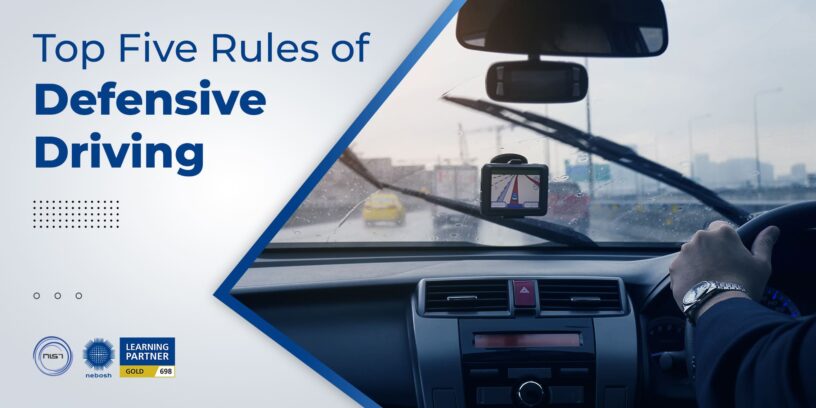

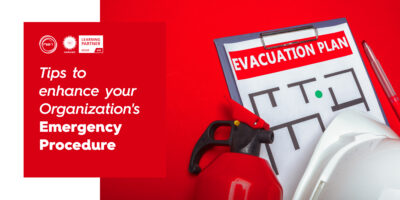
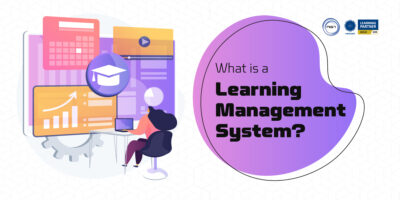
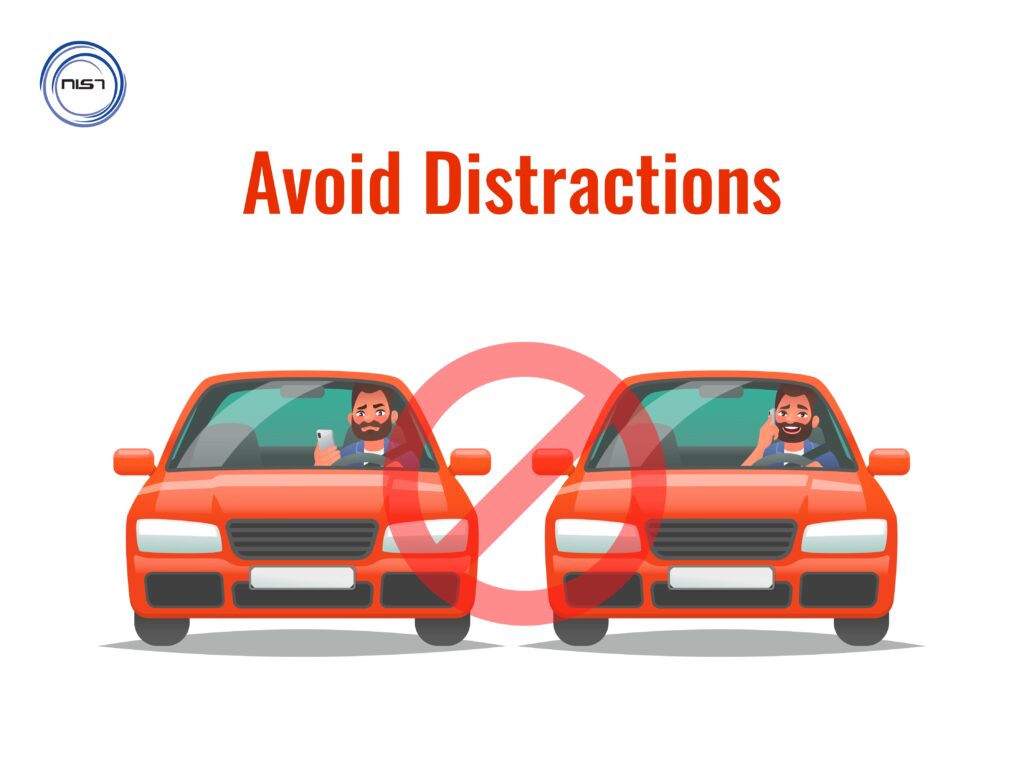
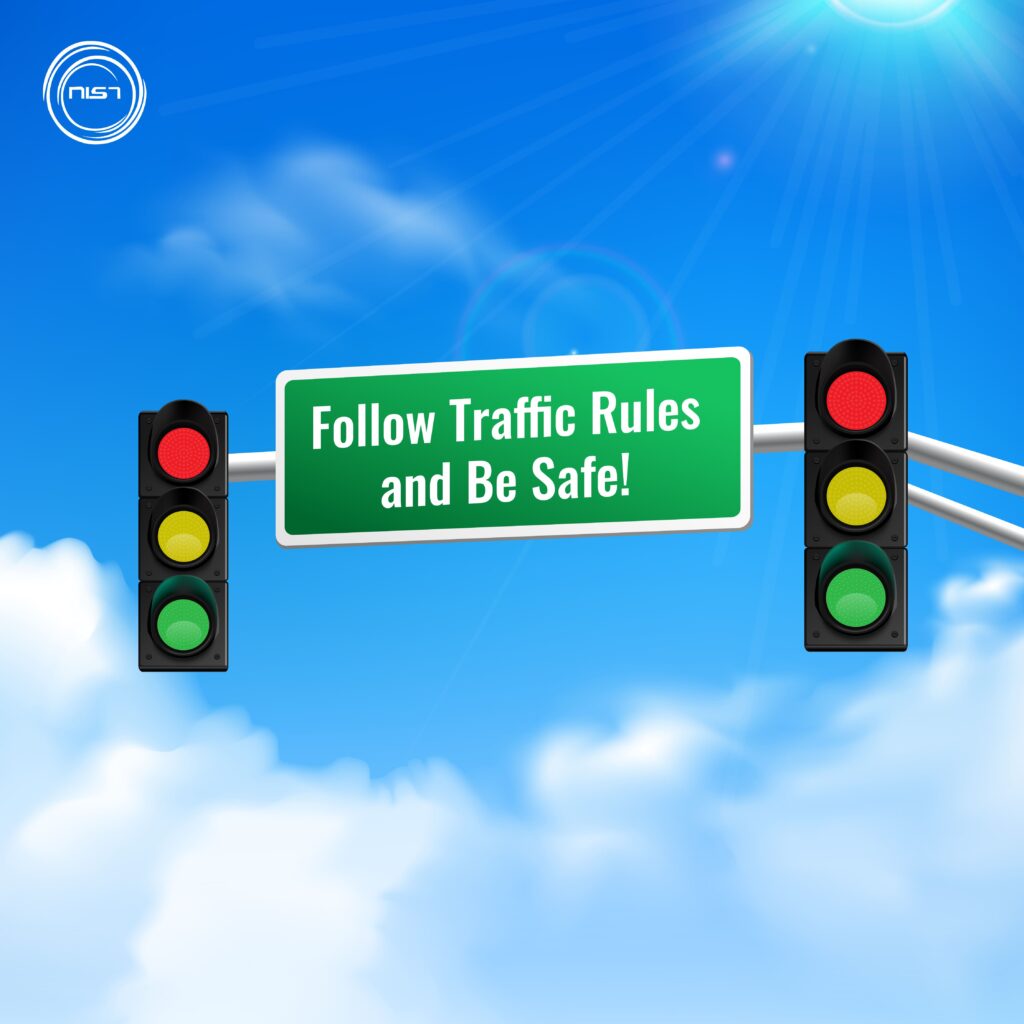
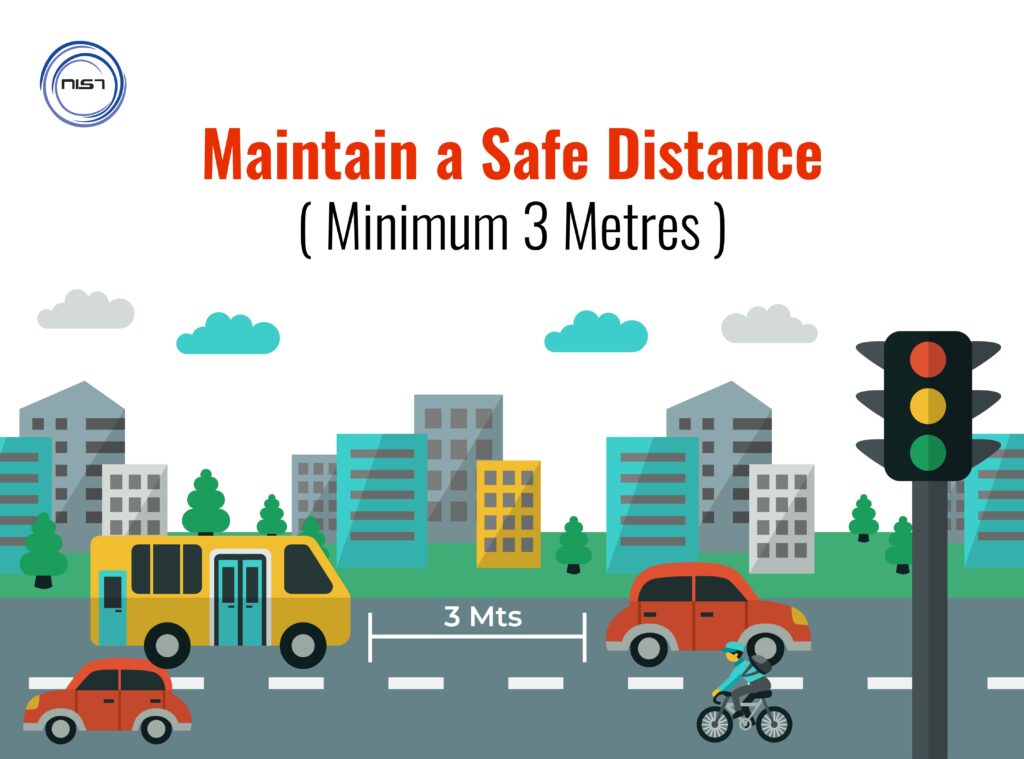









Leave a Reply